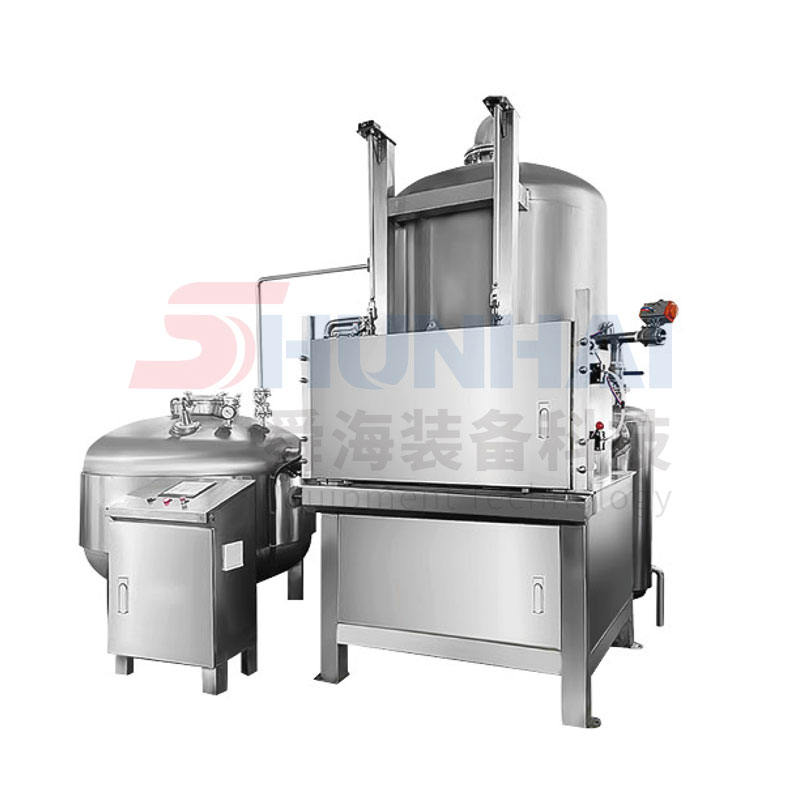
Equipment introduction:
Low-temperature vacuum dehydration technology organically combines frying and dehydration, so that the product is under negative pressure, and its pressure is lower than atmospheric pressure. Food processing in this relatively hypoxic situation can reduce or even avoid oxidation. (Such as fatty acid failure, enzymatic browning and other oxidation, etc.).
Features:
1. Color retention: using vacuum frying, the frying temperature is greatly reduced, and the oxygen concentration in the fryer is also greatly reduced. Fried food is not easy to fade, change color, and brown, and can maintain the color of the raw material itself. For example, kiwi fruit is easy to brown when heated, and it can maintain its green color if it is vacuum-fried.
2. Fragrance preservation effect: Vacuum frying is used, and the raw materials are heated in a sealed vacuum state. Most of the flavor components in the raw materials are water-soluble and do not dissolve in the oil, and with the dehydration of the raw materials, these flavor components are further concentrated. Therefore, the use of vacuum frying technology can well preserve the fragrance of the raw material itself.
3. Reduce the degree of fat deterioration: the deterioration of frying oil includes oxidation, polymerization, thermal decomposition, and hydrolysis is mainly caused by the contact of water or steam with oil. In the vacuum frying process, the oil is in a negative pressure state, and a large amount of gas dissolved in the fat quickly escapes. The water vapor pressure generated is low, and the frying temperature is low. Therefore, the degree of deterioration of the fat is greatly reduced.
Scope of application:
1. Fruits: such as apples, bananas, monkey peaches, spinach, strawberries, jackfruit, winter benefits, green plums, etc.
2. Vegetables: such as carrots, radishes, sweet potatoes, potatoes, pumpkins, garlic, onions, mushrooms, winter melon, okra, lotus root, lotus rice, green beans, toon, asparagus, bamboo shoots, Brussels sprouts, etc.
3. Nuts: peanuts, walnuts, almonds, ginkgo, green beans, broad beans and other beans.
4. Tired meat: such as beef, fish fillets, shrimp, crayfish, octopus, small fish, Wuchang fish, etc.

